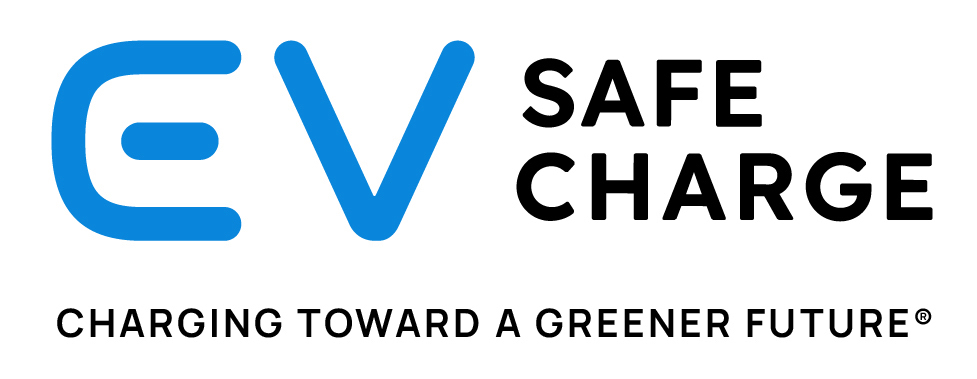How to buy your first EV Charger

So you’ve just bought your first electric vehicle? Congratulations! Electric Vehicles (EVs) are fun to drive, great for the environment and incredibly easy to operate. So what’s the next step?
The next step is usually figuring out how to charge the new car and most importantly, how to charge your electric car at home. You will need to set-up your Electric Vehicle Service Equipment (EVSE). EVSE is infrastructure that supplies your EV with electric power. They work seamlessly with both BEV (Battery Electric Vehicles) and PHEV (Plug in Hybrid Electric Vehicles).
Technically, EV chargers are built into the car. An EVSE supplies power from your home’s grid into your vehicle’s built in charger which in turn, chargers your vehicle, and keep both vehicle and home safe, and the EV charger communicates with the EV such as when it’s plugged in properly and safe to charge.
Depending on the make/model of their EV, most consumers either charge their vehicle using Level 1 charging or Level 2 charging. Level 1’s don’t require any special installation due to the fact that they work with standard household outlets. This is by far the cheapest option because most EVs come with a Level 1 charger.
However, Level 1 charging is by far the slowest most impractical method of charging your vehicle, sometimes taking up to a full day to completely charge your vehicle. Most people would like to have the option of a quicker charging solution. Since the majority of EV charging is done at home, owning good quality efficient EVSE is of utter importance. Which is why Level 2 charging is highly recommended. Level 2 EVSE has the ability to charge your vehicle at 240v, which can charge your most electric vehicles in under 4 hours VS, a full day or more with a level 1 charger.
Prior to purchasing an EVSE, it’s important to consider the layout of your house, garage and where your vehicle will be parked. The next step is choosing the right one that suites the make/model of your vehicle. The higher the charging amperage, generally the faster it will charge, and different EVs can charge at different speeds. As EVs and batteries get upgraded, getting an EV charging station with the most available amperage is a great choice as your EV charger will be ready to maximize the charging speed in the future. And don’t worry, the car will only take the power it can from a Level 2 charger, so even if it will charge slower than another vehicle may, it will still charge as fast as it’s able to based on maximum available amperage. Using a Level 1 for a PHEV may work for some, however if you’d prefer a Level 2, purchasing EVSE with lower amperage will do just fine, it may just charge the vehicle more slowly, depending on the EV.
Level 2 EVSEs can either be hardwired or plugged in via a 240v outlet. Our certified licensed electricians will install your EVSE in the location of your choosing and will help you with all details, including determining if your existing electrical panel has enough available power to handle your new EV charger. When deciding whether to hardwire you Level 2 charger or get a plug in model, it’s important to take the portability factor into consideration and to decide if this is something you need. The plug-in Level 2 EVSE is often connected to the grid via a NEMA 14-50 plug.
If you don’t already have something like this near or around your house or where you park your vehicle, it’s an essential part of the process for an electrician to install one. Depending on where you park your car, you may want to have an electrician install a few NEMA 14-50s so you can have flexibility on where you’re able to charge up. Depending on the layout of your home, having a few available outlets, say your driveway and garage could be an optimal option. This coupled with a portable Level 2 charger would allow for maximum flexibility. While Level 2s are more expensive and require installation they’re extremely practical, efficient and incredibly easy to use. Once installed, all you need to do is plug it every night or when your vehicle is not in use for a fully charged vehicle in the morning.
If you need a faster charge than Level 2, you may want to consider a Level 3 charger. A level 3 charger also known as “DC Fast Charging”. Level 3 EVSE supplies 480v, twice as many volts as Level 2, directly to the Electric Vehicle. DC Fast Charging is extremely quick and efficient. Depending on the model/make of your vehicle it can provide a full charge in about 30 minutes. Currently, Level 3s are impractical for consumers because they’re very expensive and many homes can’t support the extra amperage needed with their existing electrical panels. But if you own a business with a parking lot, you should consider Level 3 as a great amenity for customers.










